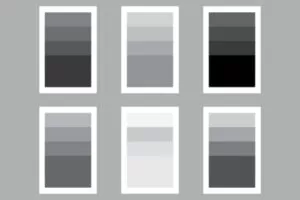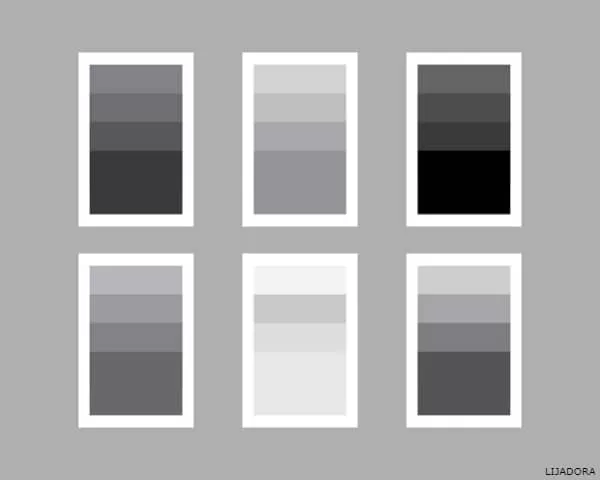Meaning of the Color Gray
It is an intermediate color between black and white. It is a neutral color or achromatic color, which literally means that it is a “colorless” color, because it can be composed of black and white. Grey is conventional, reliable and practical. It is a mature and responsible color, often associated with gray hair and old age. It will never be the center of attention, the dynamic leader or director, it’s too safe and weak for that.
Grey can strangle and suppress energy, but it also provides a stable foundation, which can contribute new and positive energy. Grey is very controlled. It has a stabilizing effect on other colors with which it comes into contact, minimizing the strongest and brightest colors and illuminating the softest colors. Grey is rarely a perfect blend of black and white. It often has elements of other colors, such as blue, green, pink, purple, or yellow, that lift it up and activate it.
Psychology of the Color Gray
Grey is a non-emotional color. It is detached, neutral, unbiased and undecided: the fence keeper. From the perspective of color psychology, gray is the color of commitment: it is not black or white, it is the transition between two non-colors. The closer gray gets to black, the more dramatic and mysterious it becomes. The closer it gets to silver or white, the more enlightened and vivid it becomes.
Being motionless and unemotional, grey is solid and stable, creating a sense of calm and composure, the relief of a chaotic world. Grey is soft, calm and reserved. It does not stimulate, energize, rejuvenate or excite. In the sense of colors, gray is conservative, boring, monotonous and depressing on the one hand, and elegant and formal on the other, but never glamorous.
Grey is adaptable, conventional, reliable and practical. It is a color of maturity and responsibility, associated with the gray of old age. It will never be the center of attention, the dynamic leader or director, it is too safe and attenuated. It can stifle and depress energy, but it is also the stable base from which new and positive things can come.
Grey is controlled. It has a stabilizing effect on other colors with which it comes into contact, it attenuates the strongest and brightest colors and illuminates the softest colors. Rarely, grey is a perfect combination of black and white; it often has elements of other colors such as blue, green, pink, mauve or yellow that lift and energise it.
Too much gray creates sadness and depression, and tends to loneliness and isolation. Add a little color to change this. Most people are indifferent to grays: they relate to the corporate worker in the gray suit: conservative, dependable, formal and independent and perhaps boring.
Types or Varieties of the Color Gray
The light grey: light greys are feminine in nature, it is soothing and illuminating, it saves and rescues those in difficult life situations. Light grays can carry some of the attributes of the color white.
Dark gray is conventional and limited. Dark grays are masculine in nature. It is serious and solemn, uncompromising and strict. It is related to self-sacrifice and self-discipline. Dark gray communicates part of the strength and mystery of black. It is a sophisticated color that lacks the negativity of black.
Ash Gray
The color ash gray refers to the color of the ashes. It had its first registered use as a color name “ash gray” in the year 1374.
Gray Battleship
It is given this name because the color is the shade of gray of the specular micaceous hematite paint used for steel battleships.
Gunmetal
The Gunmetal color may be referring to a shade of gray that resembles a blue-purple dye.
Charcoal
Charcoal is a color that represents the dark gray color of the wood that has been burned. The first registered use of the color name “Charcoal” in English was in 1606.
Platinum
Platinum is a metallic shade of the pale gray-white that is similar to metallic platinum. It is commonly known as a metallic color; however, there is no mechanism to show metallic colors on a flat panel computer screen. The first use of the name of this color was registered as a color name in 1918.
Cool Gray
The color cold gray, is a medium light gray color that is combined with the color blue. This color can be said to be an opaque shade of grayish blue.
Cadet gray
Cadet grey is a variety of color called blue-grey. The first recorded use of cadet grey was in 1912. Prior to 1912, the word cadet grey was used as a name for a type of military uniform.
Glaucous
Glauco, from the Latin glaucas meaning “bluish grey”, this color shade is used to describe the pale grey or blue appearance of the surfaces of some plants, as well as in the names of some birds, such as the Glaucous Gull.
Decorating with the Color Gray and the Right Way to Use it
You may have noticed that grey has become one of the best neutral colors around. Beige and tan will probably always be the best neutrals, but it’s worth noting that decorating with gray gives you options you won’t get with other neutrals.
The Right Way to Use Gray
- The following tasks are some of the secrets of room decoration that professionals use to design color combinations.
- Become familiar with the wide range of grays. If the first image of gray that comes to mind is cold and industrial, you will want to familiarize yourself with the new grays in decoration.
- Learn the basics of cool and warm colors. If you can recognize the color temperature of the gray you are considering, then choosing a palette will be much easier. Color temperature or incompatibility with tone is almost always the culprit when colors don’t look “right” together.
- Consider charcoal gray as an alternative to black or dark blue. Charcoal gray can be the perfect dark accent without being too dark or too gray. Charcoal gray is as impressive as upholstered furniture or carpets.
- Take care of your shades. Some greys can be perfectly neutral without obvious shades. Most greys have a hue that will help or hinder your color palette. Knowing the difference between a gray with a blue or brown hue, or even a green hue can help you match colors like a professional.
Gray Color Number or Code
- HTML code: #808080
- RGB code: (r, g, b) (128, 128, 128)
- CMYK code: (c, m, y, k) (0, 0, 0, 50)
- HSV Code: (h, s, v) (0°, 0 %, 50%)
Grey Objects and Things
A pair of socks, some skates, a TV, an umbrella, a bottle, a walker, a hearing aid, lipstick, hair dye, a comb, a cloud, a rabbit, a pouf, among others.
Other Colors in ALPHAPEDIA
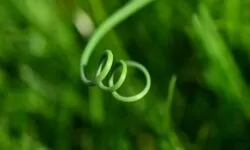
GREEN COLOR: Types, Psychology and Meaning
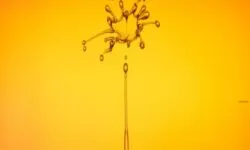
YELLOW COLOR: Types, Psychology and Meaning

💚 THE GOLD COLOR: Its Psychology and Meaning
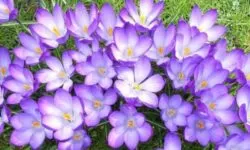
LILAC COLOR: Meaning, Psychology and Characteristics
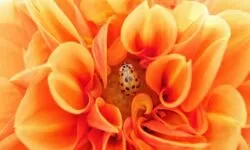
ORANGE COLOR: Types, Psychology and Meaning
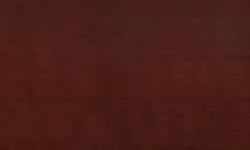
MAHOGANY COLOR: Types, Psychology and Meaning
Other Topics of Interest in ALPHAPEDIA

¿ HOW TO CLEAN PORCELAIN FLOOR ?

FREE MASTER DEGREE IN COMPUTER SCIENCE

FREE BACHELOR DEGREE IN ELECTRONICS

FREE BACHELOR DEGREE IN SECRETARIAL SCIENCE

FREE MASTER DEGREE IN VALUATION

FREE DOCTORATE IN ELECTRONIC ENGINEERING
Color Gray Image
